A team of Chinese scientists has successfully created an artificial retina using the rare element tellurium, which not only restores vision to blind animals but also gives them "super vision" - the ability to see infrared light that the naked eye cannot detect.
This technology was developed by Professor Wang Shuiyan's research team at Fudan University, Shanghai, and has just been published in the journal Science . The results open up new hope in treating blindness in humans.
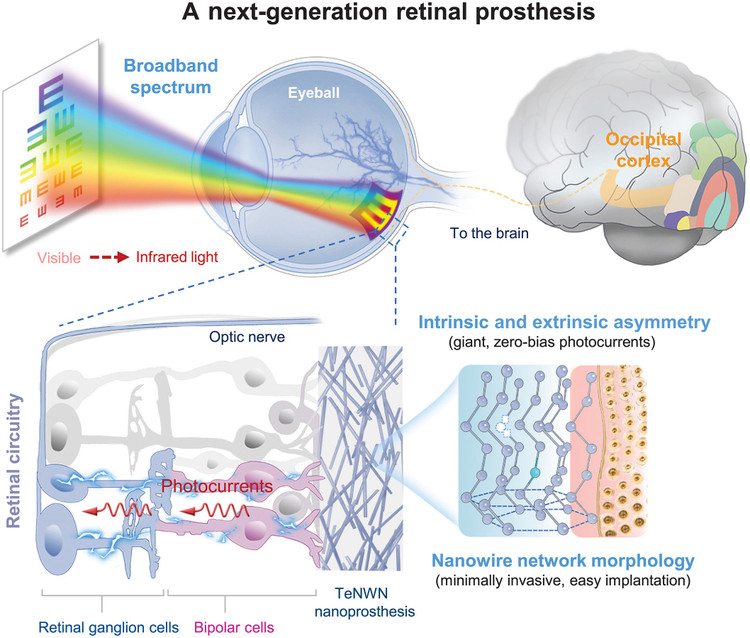
The artificial retina material researched by Fudan University can restore and enhance vision. Photo Science
Wang and colleagues have developed an artificial nerve using tellurium nanowires (TeNWNs) that enables efficient photoelectric conversion in both the visible and infrared ranges (see Fernández's Perspective).
TeNWN shows good biocompatibility and does not require an external power source. This artificial nerve can improve vision in mice and non-human primate models. The use of TeNWN can significantly improve the efficiency of retinal artificial nerves.
Tellurium is a rare metallic element, usually obtained as a by-product of copper refining. Thanks to its superior photoelectric properties, tellurium can convert visible and infrared light into electrical signals without the need for additional equipment, thereby replacing the role of photoreceptor cells in the retina.
In the study, the scientists used a chemical deposition technique to create tellurium nanowires measuring just 150 nanometers in diameter, then connected them into networks (called TeNWNs) that acted as “scaffolding” for the artificial retina. These devices were implanted directly into the eyes of blind mice.
Just one day after surgery, the mice began to recover their pupil reflexes and the ability to locate light sources. When tested under infrared light, the implanted mice even outperformed normal mice in pattern recognition tests and in finding LEDs — something normal mice failed to do because they couldn’t see infrared light.
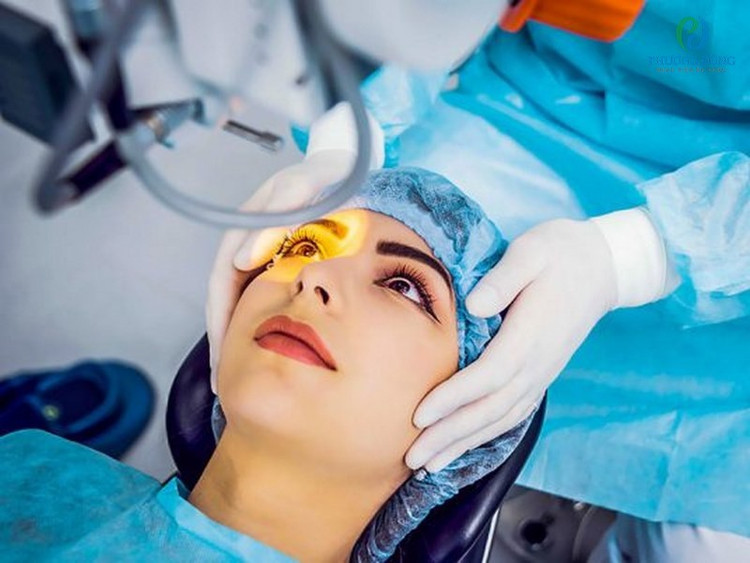
If you can see infrared rays, it is considered super vision for humans. Illustration photo
The technology was also successfully tested on blind macaque monkeys without causing complications. Notably, when implanted into the eyes of monkeys with normal vision, the artificial retina increased sensitivity to infrared rays.
In nature, there are animals, such as snakes, that assess their environment more accurately by sensing both infrared radiation and the visible light spectrum.
The human eye does not have photoreceptors that respond to the infrared spectrum, and infrared light with longer wavelengths and lower energy cannot trigger visual signals.
In patients with severe eye diseases (e.g., macular degeneration), infrared vision could in principle aid vision in low light and darkness. Developing technologies that use a broader spectrum of light, including infrared, could provide significant benefits.
The same lab previously developed the first artificial retina from titanium dioxide nanowires in 2023 and launched human clinical trials at several hospitals affiliated with Fudan University. However, there is no information about plans to test the new TeNWN technology on humans.
Expert Eduardo Fernandez from Yale University (USA) commented that the Chinese team's method has the potential to open up a new generation of devices that convert light into neural signals, bringing vision, albeit limited, to many blind people.
China is now the world's largest producer and consumer of tellurium. The element is playing an increasingly important role in strategic industries such as thermoelectric cooling, solar cells and infrared detectors.
This successful animal study paves the way for future human trials, demonstrating the potential of this prosthesis to restore visible vision and extend enhanced infrared perception to the blind and providing a safer, more effective, and broader-spectrum solution than existing technologies.
Source: https://khoahocdoisong.vn/vong-mac-nano-nhan-tao-mang-den-sieu-thi-luc-post1546912.html






![[Photo] General Secretary To Lam attends the 80th anniversary of Vietnam's diplomacy](https://vphoto.vietnam.vn/thumb/1200x675/vietnam/resource/IMAGE/2025/8/25/3dc715efdbf74937b6fe8072bac5cb30)




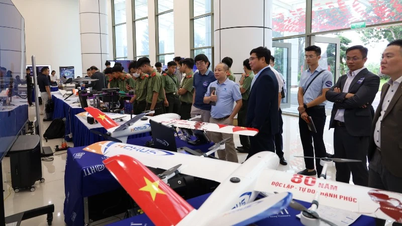


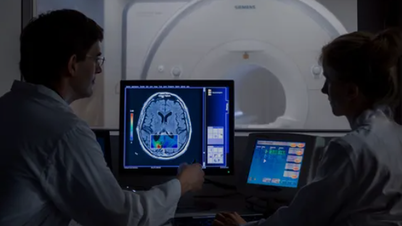

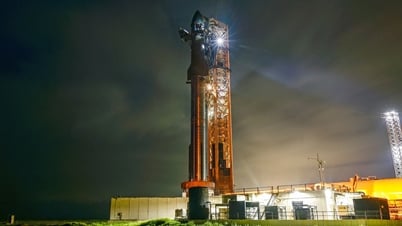
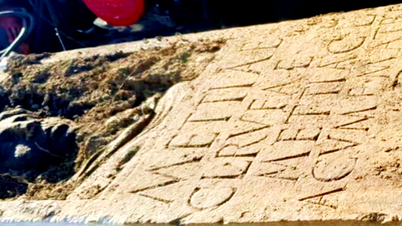




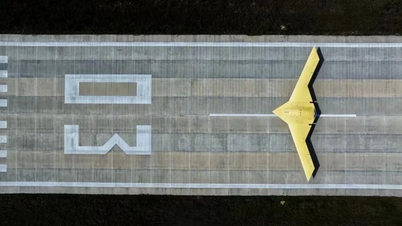

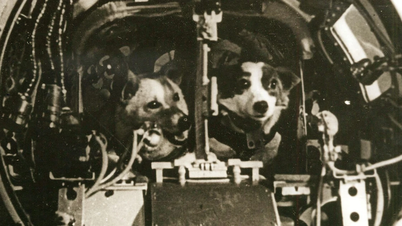




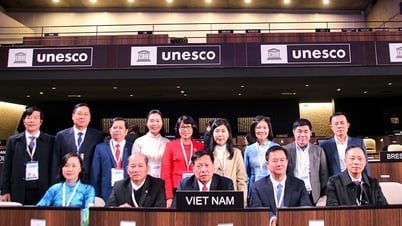

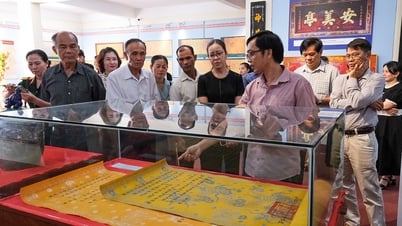





















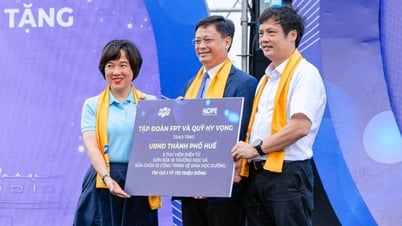








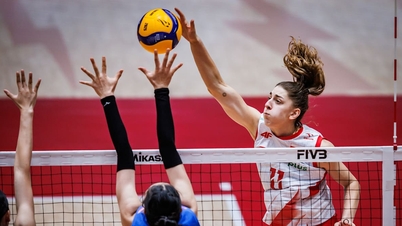



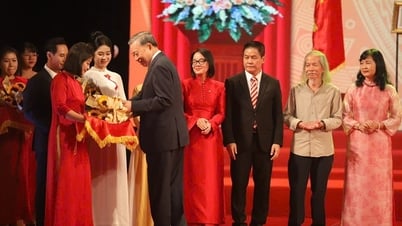


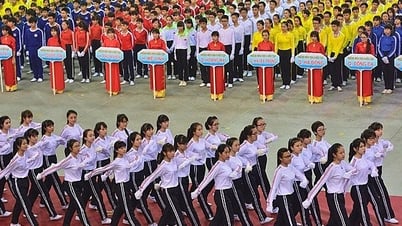

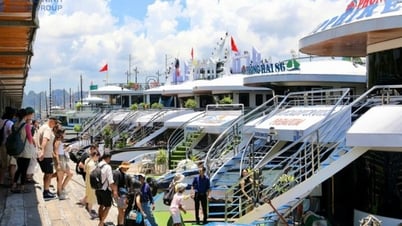









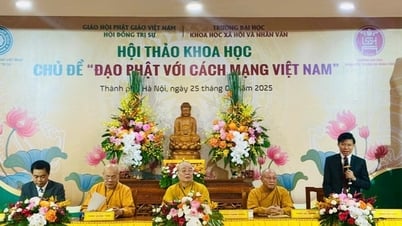
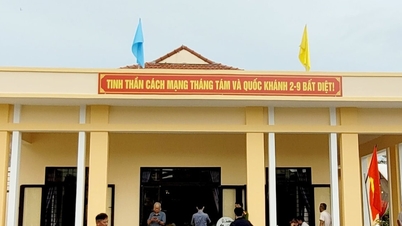













Comment (0)